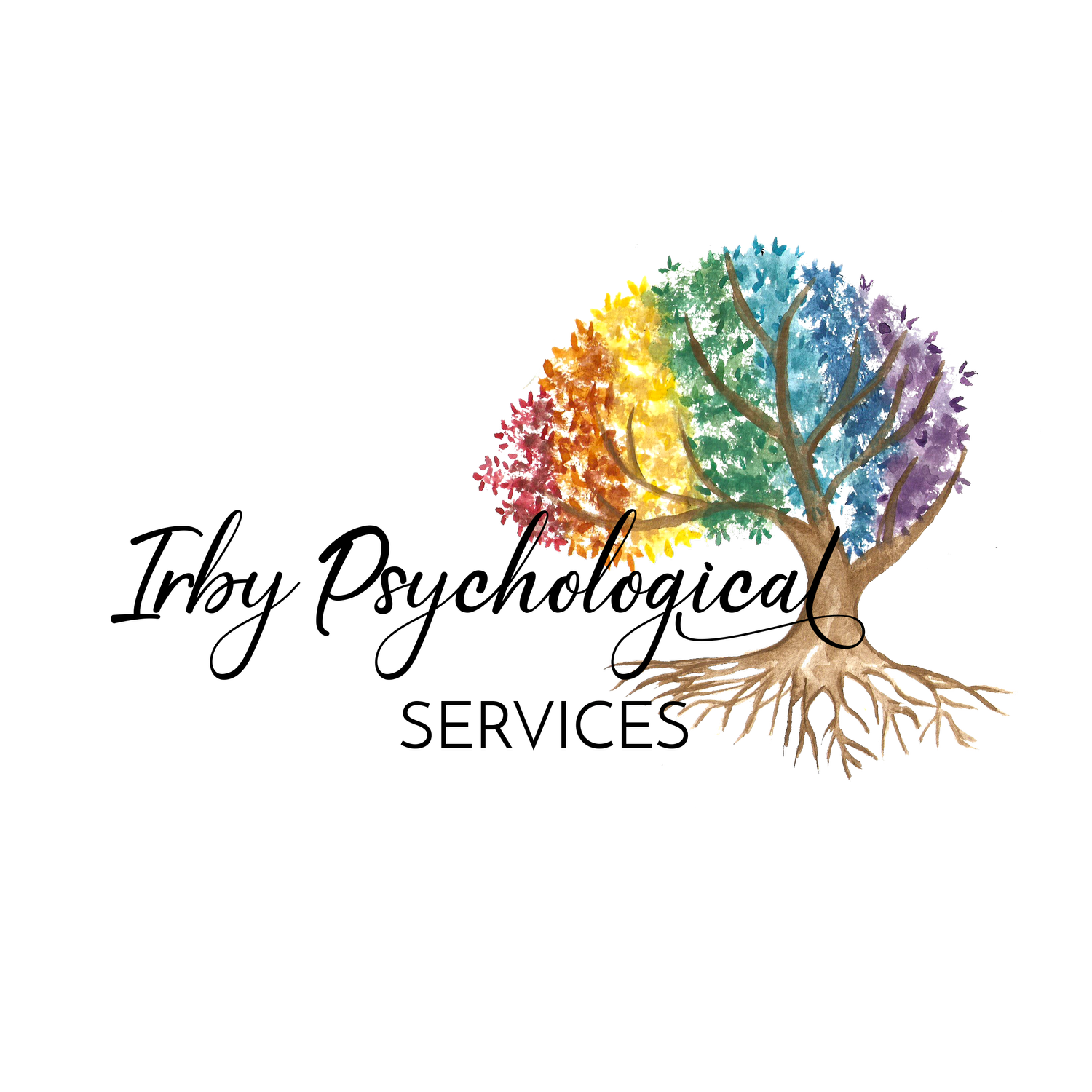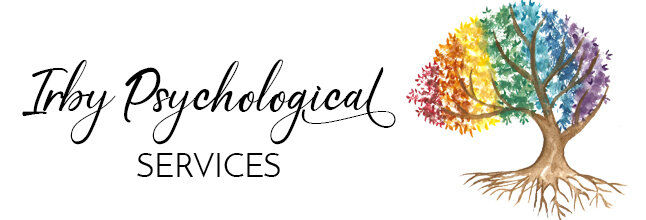Reading Tone: Part 2
Welcome back 🚶to Part 2 of our series on helping us learn how to read tone/emotion 🤩 in text!
2. Cultivate awareness of unconscious bias
In research, they often train people how to code emotions in text. But even trained coders, who meet regularly to discuss discrepancies in how emotions were coded, often don’t agree on which emotion (or how much emotion) is being expressed within the same text. Specifically, people just do not see emotions in the same way.
This discrepancy is due to our own individual unconscious biases that lead us to draw different dramatically 🎭conclusions based on the same information. For example, males and females often differ in how they interpret others’ emotions in text. If Bob writes: “My wife missed our 10-year anniversary,” men tend to think Bob is angry 🤬, while women are more likely to think Bob is sad 😢.
Researchers generally don't know why this is, but they can say confidently that our emotion-detection skills are affected by characteristics about us, whether due our gender, race, age, trauma exposure, etc. Therefore, when it comes to detecting emotion in texts, try to remember that unconscious biases affect our interpretations. And the emotions we detect may be reflective of things about us just as much as they are reflective of the information in the text.
Today's reflection, find a text message from someone you haven't responded to yet. Determine what emotion you think they are feeling. Then think through 3 other possible emotions and provide rationales for each one that do not involve you, the reader.

